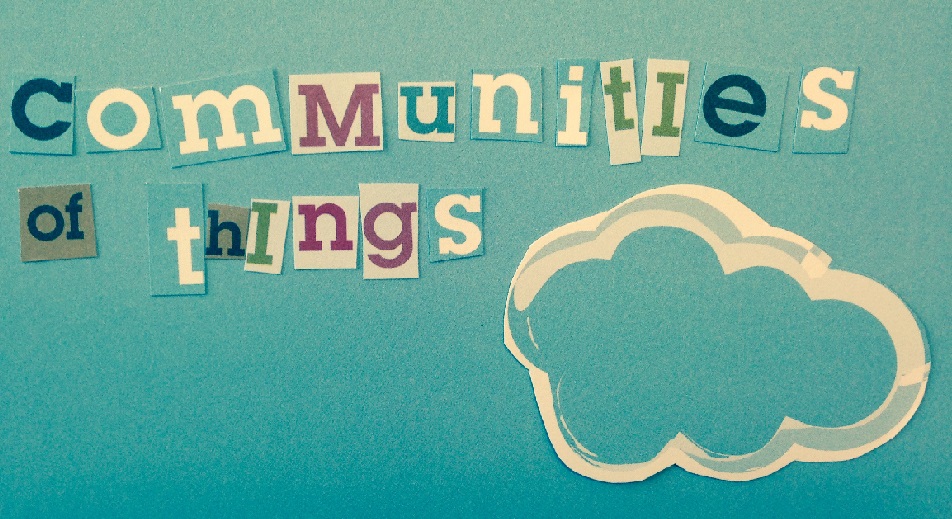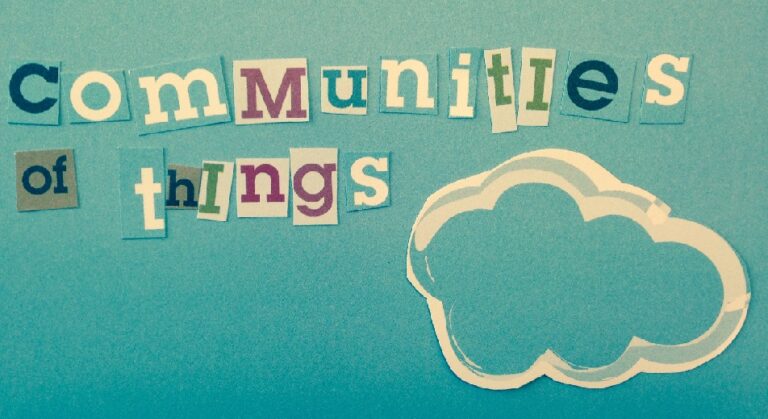
First of all, this post is NOT about the Salesforce networking community in the South West, ‘Forcewest’. It’s also NOT about the Salesforce Success community, and what it can offer you. Finally, its not really about ‘Salesforce Communities’ or Community Cloud, the out of the box Salesforce product that a business would buy (and customise) to suit their own community purpose. All of which are interesting topics, but ones we are not covering here.
This may seem an unusual way to open a blog post, but there is a good reason – basically, the concept of community in Salesforce world can get a little confusing. It exists at a number of levels (see above) and can mean something different, depending on who you are speaking to at the time.
So in an attempt to narrow down the field, what we ARE talking about is this: in terms of a digital community, what format would be of most benefit to your business? Or put another way, what would be the best platform for your community? And finally, what’s going to happen to digital communities when smart connected products get in on the act?
In the beginning there were websites. Early website were pretty much static pages which really only were switched to ‘transmit’ and not ‘receive’. Websites have come a long way in terms of design and functionality (see exhibit A below)
Or possibly exhibit B…
While web design has become ever more creative, the relationship between the website and the audience, has not always moved on quite so dramatically. A lot of sites are still just there to broadcast information, one way. Outwards.
However, if you want to give your audience the chance to interact, with you, your content, each other, then that’s a community.
Plenty of businesses have a website and then host their community elsewhere on social media channels. Hart’s Bakery is a good example. The website is pretty static, but the conversations are all happening on Twitter.
For Hart’s the social media channel plus website approach works fantastically well. Their loyal customers advocates are broadcasting for them, and bringing new business to the bakery everyday.
However, building your business community on public platforms is not without it’s problems. If you are going to give your customers a voice, then you better be ready to hear it. Dyson has certainly seen that customer engagement on Facebook is an ongoing conversation, that’s not always easy to hear.
Aside from the PR pitfalls, the other issue to take into consideration, is that if you putting your community on a third party channel, then you’ve given away ownership of a healthy chunk of data and insight. To mangle a well known quote, if it’s not on your platform, then someone else is profiting from your product.
That’s one good reason why savvy businesses of all sizes have been busily building their own community platforms. By hosting the conversation, they get the great community driven content, and with that the traffic, the data, the insight…the control. Campsite Chatter is a perfect example of a small business that has harnesses a lot of valuable insight into their customer base. Their MD, Ben, knew that campers love to share photos, and insider campsite tips (“where’s the best pitch?”, “Is the stream safe for toddler paddling?”, “Look at our new awning!” etc.). By building their own community platform and hosting the conversation, this clever camping equipment retailer has made themselves a great information resource and #1 online destination for campers everywhere, to chat and share together. More well known purpose built communities are of course TripAdvisor, Ebay or (if you are thinking B2B) Netpromoter, and Barclaycard Travel Community.
Of course building your own purpose-built community platform from scratch, like Campsite Chatter, is not an option that many businesses have the in-house capabilities to attempt. That’s where the Salesforce Community Cloud comes in. This community kit has many features you will no doubt be familiar with from other platforms (Facebook notably) and certainly if you are using Salesforce Chatter already you’ll have seen some of the building blocks of the product. What is the real power of the product is the way that you can customise to fit your exact business needs, and over time you can expand the complexity of the platform.
Digital communities have certainly turned the one-to-many-relationship into a thing of the past, and replaced it with a scribbly birds nest of entangled complex, many-to-many connections between people. What might just change things again is connected devices getting in on the conversation too.
I have two small children, and like many kids, I can’t get them off the iPad they are fascinated by technology. Sometimes they play a game which involves them pointing at an object and asking if it will become an ‘iThing’ eg “Mummy, you see that bath, will it be an iBath? what about an iToilet, iWashingbasket, iSoapdish?” etc.
OK, so the example is a little flippant, but essentially the answer is that, yes, everything is going to be in ‘iThing’ e.g. a smart connected product. There are going to be a myriad of data collection points all around us, in our homes and at work. The conversation may well start as a straightforward transmit and receive type scenario, just like it did with early websites. There will be you, your iBath, your iBath product supplier and your iBath app. However before long, the conversation will include other bathroom objects in the conversation.
Think that seems far-fetched? Well, it’s already happening of course. Toyota Friend is a good example. The community here consists of the car owners (say husband and wife), Toyota service centres and mechanics, and the car itself. The car diagnoses it’s own problem (‘I need a battery recharge’) and books itself in for a service at a convenient centre, at a time that works for you and your partner.
In our homes, we can expect to see the advent of smart heating systems such as HIVE, growing into communities that encompass all of our domestic devices. Imagine a scenario where the usage data gathered directly from your washing machine, prompts you to book in an engineer, select someone with a great community feedback score, schedule the visit at a convenient time, and then feeds the data straight back to the manufacturer, to improve the next generation of washing machine (and maybe to offer you a discount on some washing powder..). Over time the bathroom community mentioned above will join in, and finally no doubt we’ll see our household appliances & objects sitting on one domestic community platform, accessible to all the relevant users via their devices, wherever they are.
If we were trying to summarise our take on communities, we might have once said, “where there is a conversation, there is a community.” In the era of smart connected products, perhaps we should modify that to ‘Where there is data, there is a community’. Wherever the data comes from, there is rarely a set of circumstances where collaboration could not play a part.
Perhaps that’s why the initial confusion over the term ‘community’ in Salesforce world. It’s a pretty ubiquitous concept that means different things to different people. It’s a word we are going to be hearing a lot more of too, as the universe of ‘iThings’ continues to expand.
Smart connected products + people + businesses = smart connected communities. If you think you would like to find out more, then join us in our Good Systems Community, and sign up for our monthly email newsletter. This is an area we suspect which will become more of a focus for every organisation, and if you join us for the newsletter each month, you’ll get a heads up on all the events and news first, designed to guide you through.

Our independent tech team has been servicing enterprise clients for over 15 years from our HQ in Bristol, UK. Let’s see how we can work together and get the most out of your Salesforce implementation.